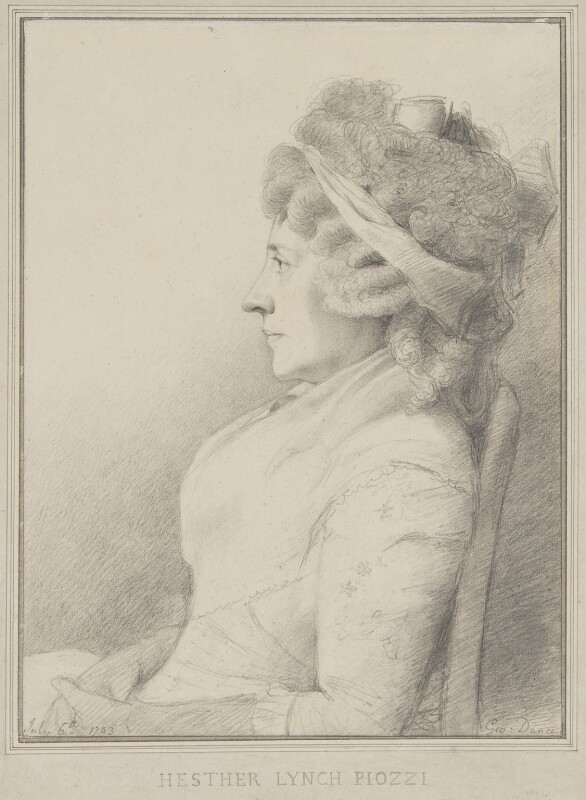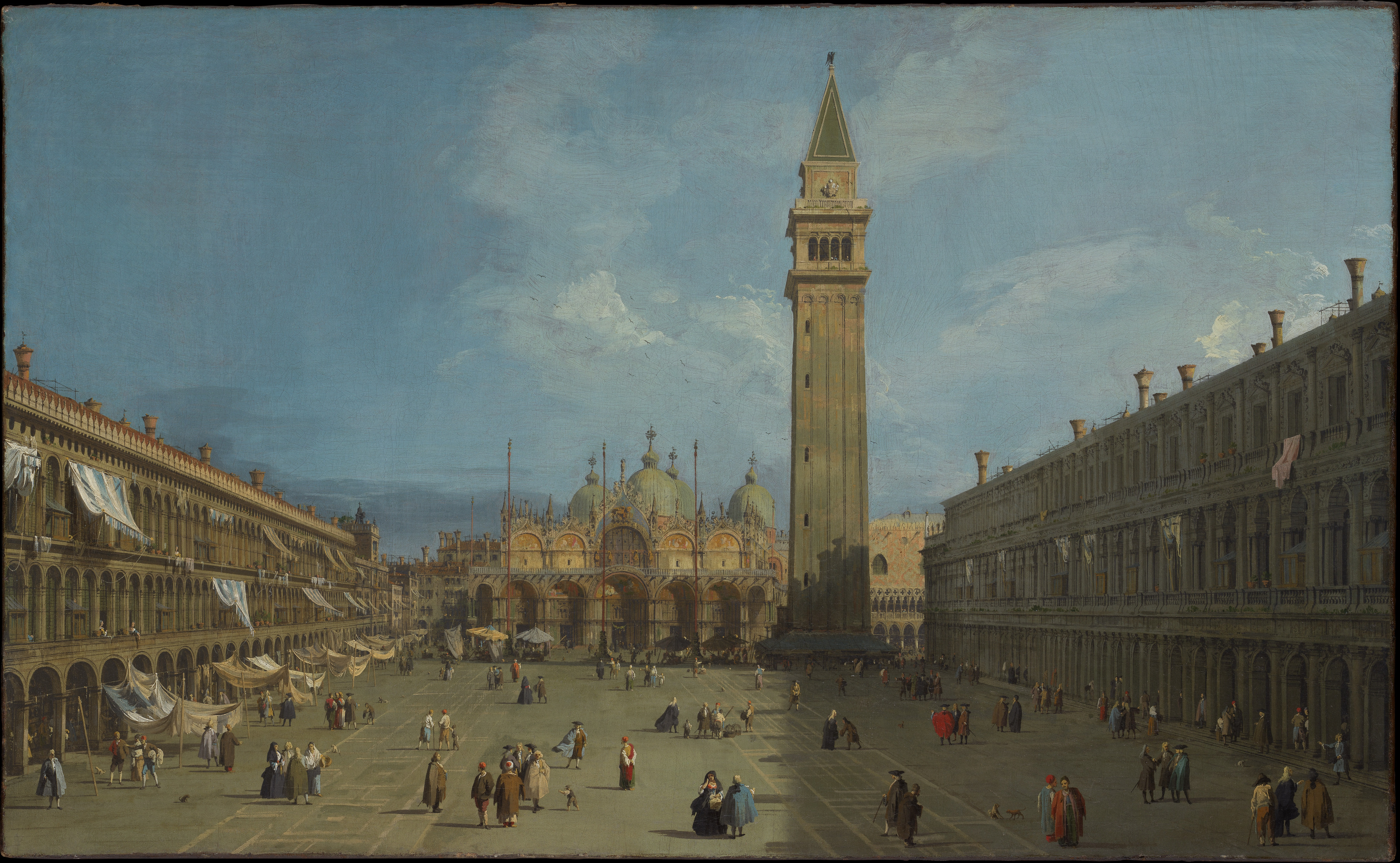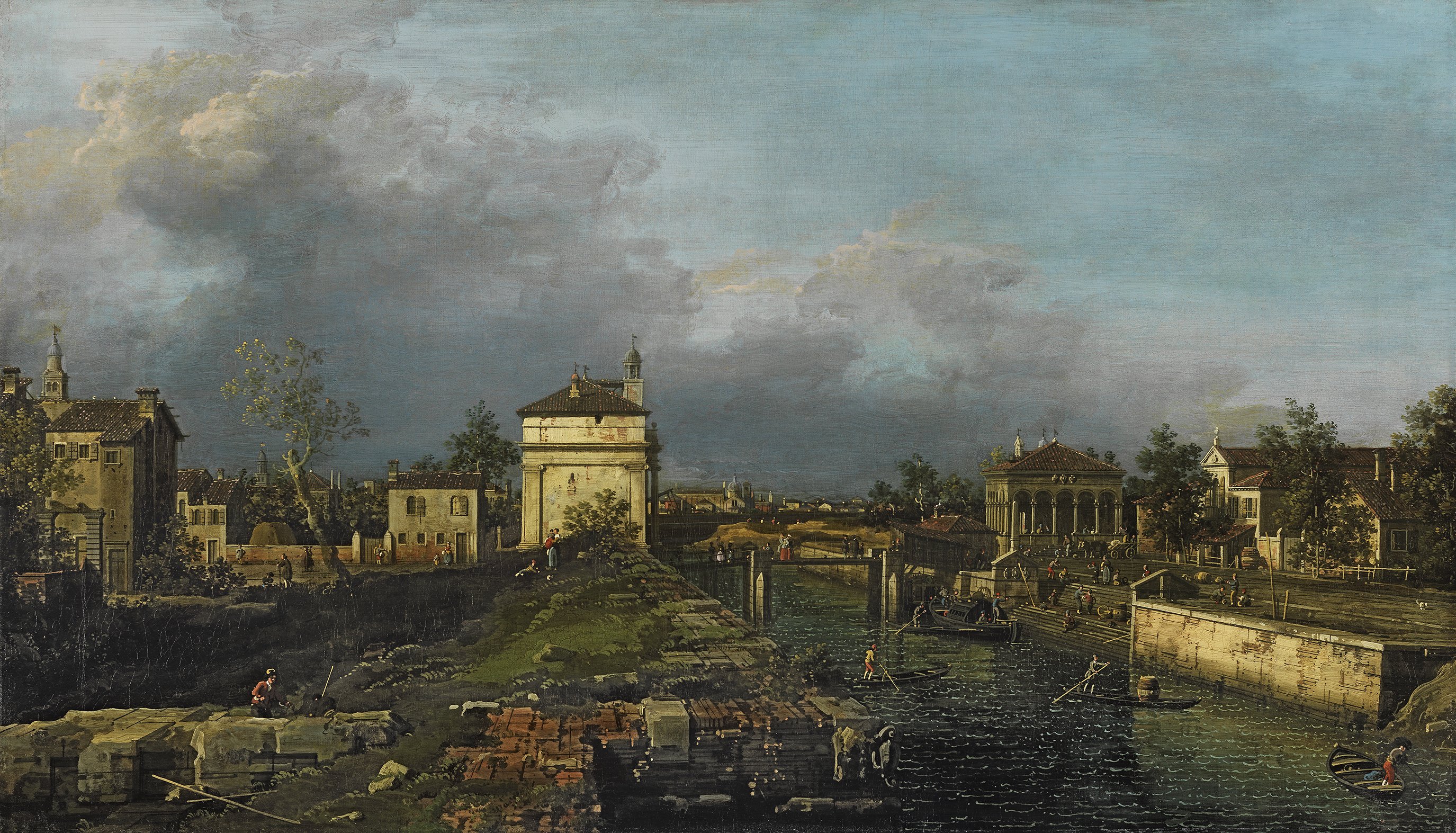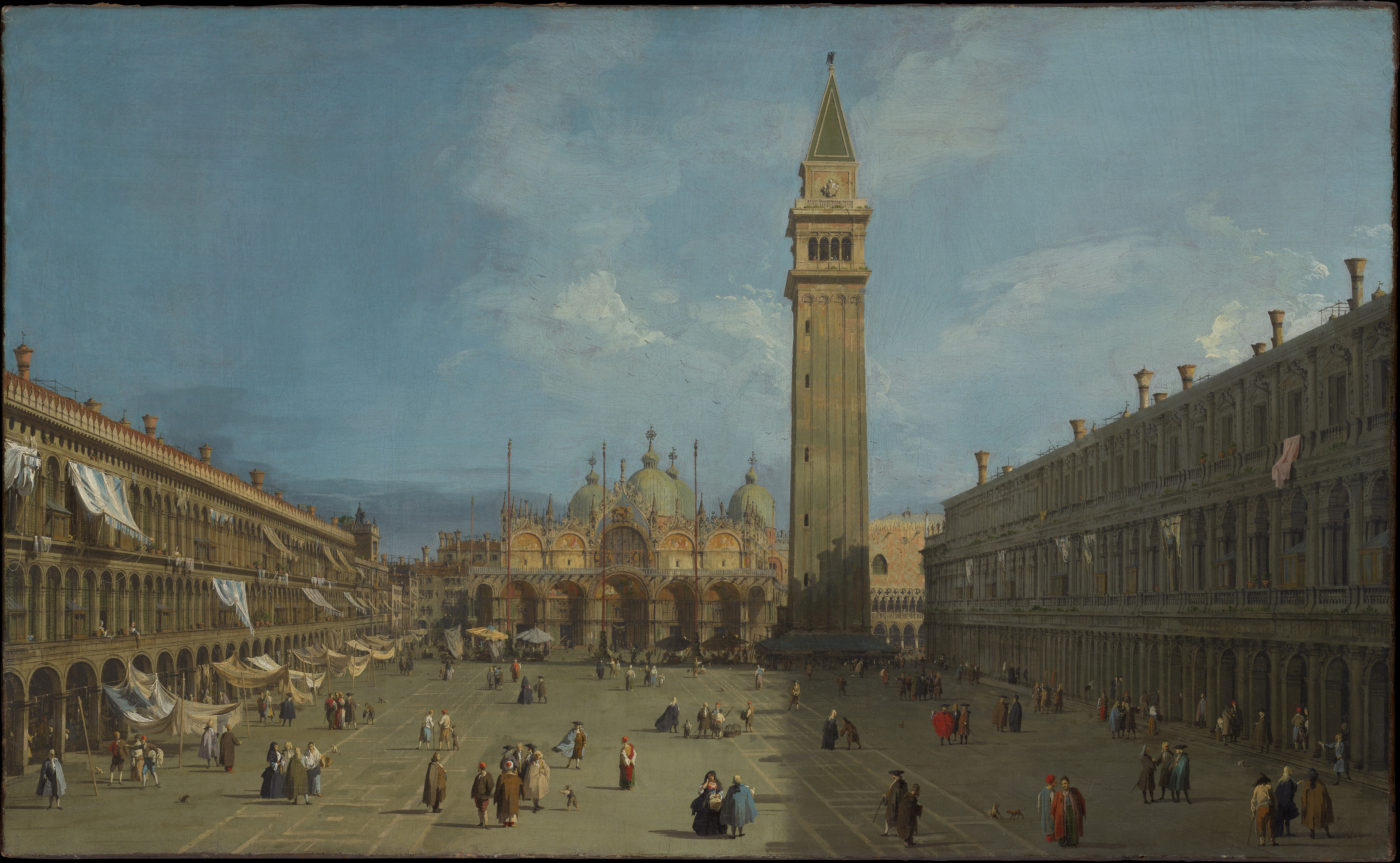This post is part of Around the World with Six Women: A Travel Writing Spotlight Series, which will run through August 2021. Spotlights in this series focus on travel writing by women in the database.
Authored by: Angela Wachowich
Edited by: Michelle Levy and Kandice Sharren
Submitted on: 07/31/2021
Citation: Wachowich, Angela. "Hester Thrale Piozzi’s Observations and Reflections made in the Course of a Journey through France, Italy, and Germany." The Women's Print History Project, 31 July, 2021, https://womensprinthistoryproject.com/blog/post/79.

Figure 1. Hester Lynch Piozzi (née Salusbury, later Mrs Thrale) by George Dance, pencil, 1793. NPG 1151.
On 23 July 1784 Hester Lynch Thrale married the Italian, Roman Catholic singer Gabriel Piozzi despite the opposition of her children and her friends, including Samuel Johnson, the literary lion who had lived with her intermittently for the past twenty years. The marriage took place three years after Piozzi’s first husband, Henry Thrale, died in 1781. That July, Piozzi wrote Johnson an anxious letter asking for his approval regarding her decision to brave society’s prejudice and marry Gabriel Piozzi for love. Prior to her second marriage, the voluble Dr. Johnson and the unassailable Mrs. Thrale had been nearly inseparable—he relied on her for psychological support and she enjoyed holding the attention of the legendary writer, appreciating, perhaps most of all, the recognition he gave her poetry. Upon receiving her letter, Johnson responded: “If you have abandoned your children and your religion, God forgive your wickedness; if you have forfeited your Fame, and your country, may your folly do no further mischief” (qtd. in McCarthy 37). He, like her friend Frances Burney and the rest of London, promptly cut her off. The Piozzis subsequently escaped to Europe for a three-year honeymoon, leaving the malicious reports and caricatures of them circulating in England in favour of warmer climes. This journey is detailed in Hester Thrale Piozzi’s Observations and Reflections made in the Course of a Journey through France, Italy, and Germany (1789).
Observations and Reflections was the third of Piozzi’s five published books, following the success of Anecdotes of the late Samuel Johnson, L.L.D. during the last twenty years of his life (1786), and Letters to and from the late Samuel Johnson, LL.D. to which are added some poems never before printed (1788). As such, it was the first of Piozzi’s works to escape Johnson’s long shadow. Observations and Reflections was published by Thomas Cadell in London and a group of firms in Ireland, all of whom had been involved in her earlier ventures. Observations and Reflections only went into one lifetime edition, but by any measure, it was a triumph—by July the Queen was reading a copy to Piozzi’s former friend Frances Burney to their mutual delight (OED).
The majority of Observations and Reflections is concentrated on the Piozzis’ time in Italy. Their journey followed the established routes of the Grand Tour itinerary in the late eighteenth-century, including Easter Mass in Rome and Carnival in Venice. In brief (and omitting the plethora of small towns detailed in Observations and Reflections), they crossed from France to the pass of Mount Cenis (the Alps), then proceeded to Milan and Venice, where they rested until May 1785. From there, they turned south, arriving in Rome in the fall, and continued to Naples, where Piozzi witnessed an eruption of Mount Vesuvius. They stopped once again in Milan on their way home (d’Ezio 171).

Figure 2. Piazza San Marco by Canaletto (Giovanni Antonio Canal), oil on canvas, late 1720s, The Met, 1988.162.
Piozzi’s Observations and Reflections was one of if not the first British travelogue published by a woman to diverge from the form of published correspondence, a fact of which she was well aware. Piozzi was well-read in travel literature, and acquainted with the works of her female as well as male contemporaries. Lady Mary Wortley Montagu’s Letters of the Right Honourable Lady My W---y M----e: written, during her travels in Europe, Asia and Africa (1763) and Anna Riggs-Miller’s Letters from Italy (1776) played a significant role in the prominence of women’s travel literature in the early-nineteenth century. But it was with Observations and Reflections “that a specifically woman’s travel narrative was born and began to take the conscious form of cultured prose” (D’Ezio 168).
Piozzi decided to diverge from the epistolary form because, in her words, “a work of which truth is the best recommendation, should not above all others begin with a lie” (vi). In other words, she perceived the edited correspondence of her predecessors as assuming a false posture by pretending the letters were private observations when actually crafted for a wider audience. The task Piozzi was undertaking required that she give an indubitable impression of her own truthfulness—in the context of her ridiculed second-marriage, Piozzi needed to write a travelogue that would demonstrate the rightfulness of her choice of second husband. As she notes in the introduction, “My old acquaintance rather chose to amuse themselves with conjectures, than to flatter me with tender inquiries during my absence” (vi–vii). For this reason, Piozzi needed to prove them wrong by painting an ebullient picture of her honeymoon. In addition to that, however, Observations and Reflections was the first of Piozzi’s published works to take on a subject other than Samuel Johnson, and therefore in it she felt she had to prove her literary skill to the critics who had attributed her past successes to the public’s curiosity about Johnson and his oversized personality. Observation and Reflections needed to consolidate her reputation as an intelligent and talented author in her own right.
These tasks were not necessarily compatible: in the eighteenth-century, most British travel writers demonstrated their intelligence by assuming a splenetic posture. Displeasure was seen to demonstrate an author’s ability to judge according to British tastes, and was therefore considered a credential of intelligent travel writing. In 1774, when Henry Thrale, Samuel Johnson and Hester Thrale Piozzi visited Wales, her home country, “Doctor Johnson disliked all he saw, and taught Mr. Thrale — who readily learn’d — to despise my poor Country . . . My old Mansion was a Subject of Ridicule; and I was gladder to quit the Country than I had been to come into it” (Piozzi, MS Eng 1280, 1: 73). Johnson’s cynical attitude in Wales, as well as in his work The History of Rasselas, Prince of Abissinia (1759), was characteristic of British travel writing of the period. Piozzi most explicitly gives her opinion of this attitude in Observations and Reflections when she writes “one might as well hope to get a just view of nature by looking through a coloured glass, as to gain a true account of foreign countries, by turning over pages dictated by prejudice” (Piozzi, qtd. in d’Ezio 175). Not only did Piozzi dislike the attitude of the peevish traveller, she couldn’t risk it without having her contemporaries infer her displeasure was connected to her new marriage.
In Observations and Reflections, Piozzi navigates these tensions by authenticating her moments of contentment with moments of discernment and disapproval. As William McCarthy puts it, Piozzi “finds a rhetoric of pleasure which subdues the rhetoric of spleen and yet retains intelligent perception” (163). In other words, she finds a way to both prove her happiness and maintain her reputation for intelligent judgement. One of the ways she does this is by consistently weighing the positive and negative features of the customs and places around her, therefore demonstrating her ability to distinguish while choosing to hold up the favorable side of her experiences. While Johnson uses “but” and “however” as skeptical conjunctions, Piozzi uses them as compensatory (McCarthy 167). For example she writes:
The road from Padua hither is not a good one; but so adorned, one cares not much whether it is good or no: so sweetly are the mulberry-trees planted on each side, with vines richly festooning up and down them, as if for the decoration of a dance at the opera. One really expects the flower-girls with baskets, or garlands, and scarcely can persuade one’s self that all is real. (236; emphasis added)
Piozzi authenticates her pleasure by “remaining open to reservations” (McCarthy 166). She knows the road is “not a good one,” but she enjoys it anyway. In this fashion, over the course of many pages, Piozzi trades splenetic and ironic statements for romantic ones.

Figure 3. Porta Portello, Padua, oil on canvas, ca. 1760, Carmen Thyssen-Bornemisza Collection on loan at the Museo Nacional Thyssen-Bornemisza, CTB.1996.6.
In Observations and Reflections, Piozzi not only balances her contradictory roles of critic and appreciator, but also of tourist and native. As Marianne D’Ezio posits, Piozzi’s position as a tourist is unique in that her husband and fellow traveller is a native of their destination country. Piozzi therefore experiences what she calls a “demi-naturalization” (35), which is to say that she experiences Italy from a privileged position between traveler and local. Piozzi explains the significance of this position:
[I] may chance to gain that insight into every day behaviour, and common occurrences, which can alone be called knowing something of a country: counting churches, pictures, palaces, may be done by those who run from town to town, with no impression made but on their bones. I ought to learn that which before us lies in daily life, if proper use were made of my demi-naturalization. (qtd. in d’Ezio 172)
From the position of “demi-naturalization,” Piozzi attempts to know something of the real Italy, engrossing herself in its art, delighting in regional delicacies, and paying attention to differences in custom and dialect wherever she visits. On the single occasion she and her companions stay at an English inn, Piozzi and her company are enormously disappointed:
many of the last miles were passed very pleasantly by my maid and myself, in anticipating the comforts we should receive by finding ourselves among our own country folks … and by once more eating, sleeping, &c. all in the English way … [but] here are beans and bacon in a climate where it is impossible that bacon should be either wholesome or agreeable; and one eats infinitely worse than one did at Milan, Venice, or Bologna. (Piozzi qtd. in McCarthy 162).
This episode stands in sharp contrast to comparable episodes in splenetic travel literature, which depict British inns as a place of respite and relief for English tourists (McCarthy 163). Altogether, Observations and Reflections encourages British travelers to acclimatize.
This is not to idealize Piozzi’s depiction of Italy—her work is prone to generalizations about Italian character, and she recounts her fears of being forced to convert to Catholicism in cringe-worthy detail. But certainly for the period, Piozzi’s sympathy for Italian life was unique, at least partially as a result of her acculturation. Understood in tandem with her openness to be pleased by her surroundings, Observations and Reflections reflects a willful neutrality, lending Piozzi’s opinions an air of authenticity as she, a proud Welsh woman, does her best to “do as the Romans do” and to like it. In addition to being Piozzi’s most accessible work, Observations and Reflections is likely also one of her most deliberate, showcasing her acute self-awareness and commitment to paving a new way for travel literature, both in terms of form and attitude.
WPHP Records Referenced
Miller-Riggs, Anna (person, author)
Burney, Frances (person, author)
Piozzi, Hester Lynch Thrale (person, author)
Montagu, Mary Wortley (person, author)
Johnson, Samuel (person, author)
Cadell, Thomas (firm, publisher)
Works Cited
D’Ezio, Marianna, “The Advantages of ‘Demi-Naturalization’: Mutual Perceptions of Britain and Italy in Hester Lynch Piozzi's Observations and Reflections Made in the Course of a Journey through France, Italy and Germany: The Advantages of ‘Demi-Naturalization.’” Journal for Eighteenth Century Studies, vol. 33, issue 2, 2010, pp. 165–180.
McCarthy, William. Hester Thrale Piozzi: Portrait of a Literary Woman. U of North Carolina P, 1985.
Piozzi, Hester Lynch. Observations and Reflections Made in the Course of a Journey Through France, Italy, and Germany. Cambridge UP, 2010.
Piozzi, Hester Lynch. Poems and little characters, anecdotes etc. introductory to the poems: manuscript, 1810–1814. MS Eng 1280. Houghton Library, Harvard University, https://nrs.harvard.edu/urn-3:FHCL.HOUGH:3374086.
